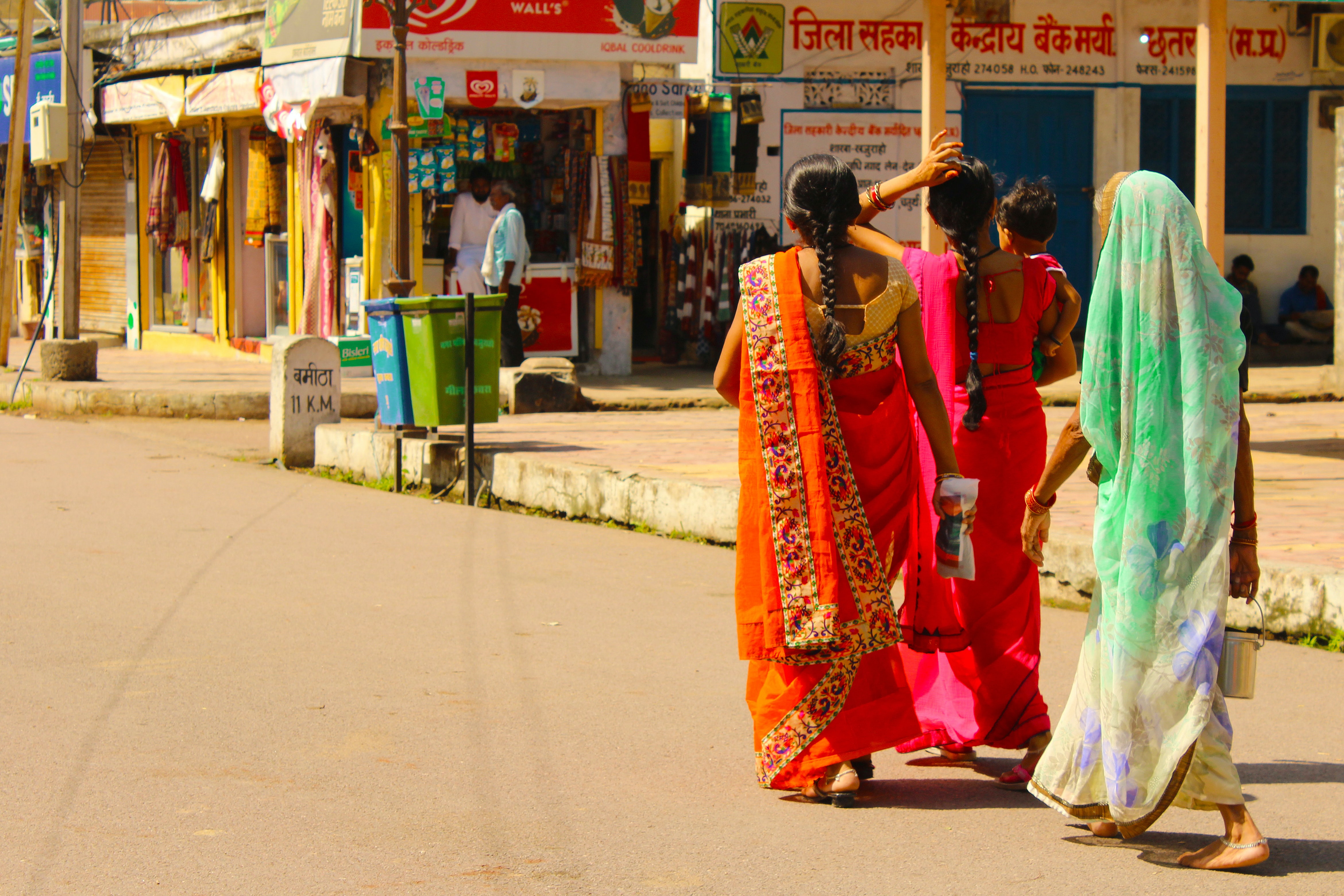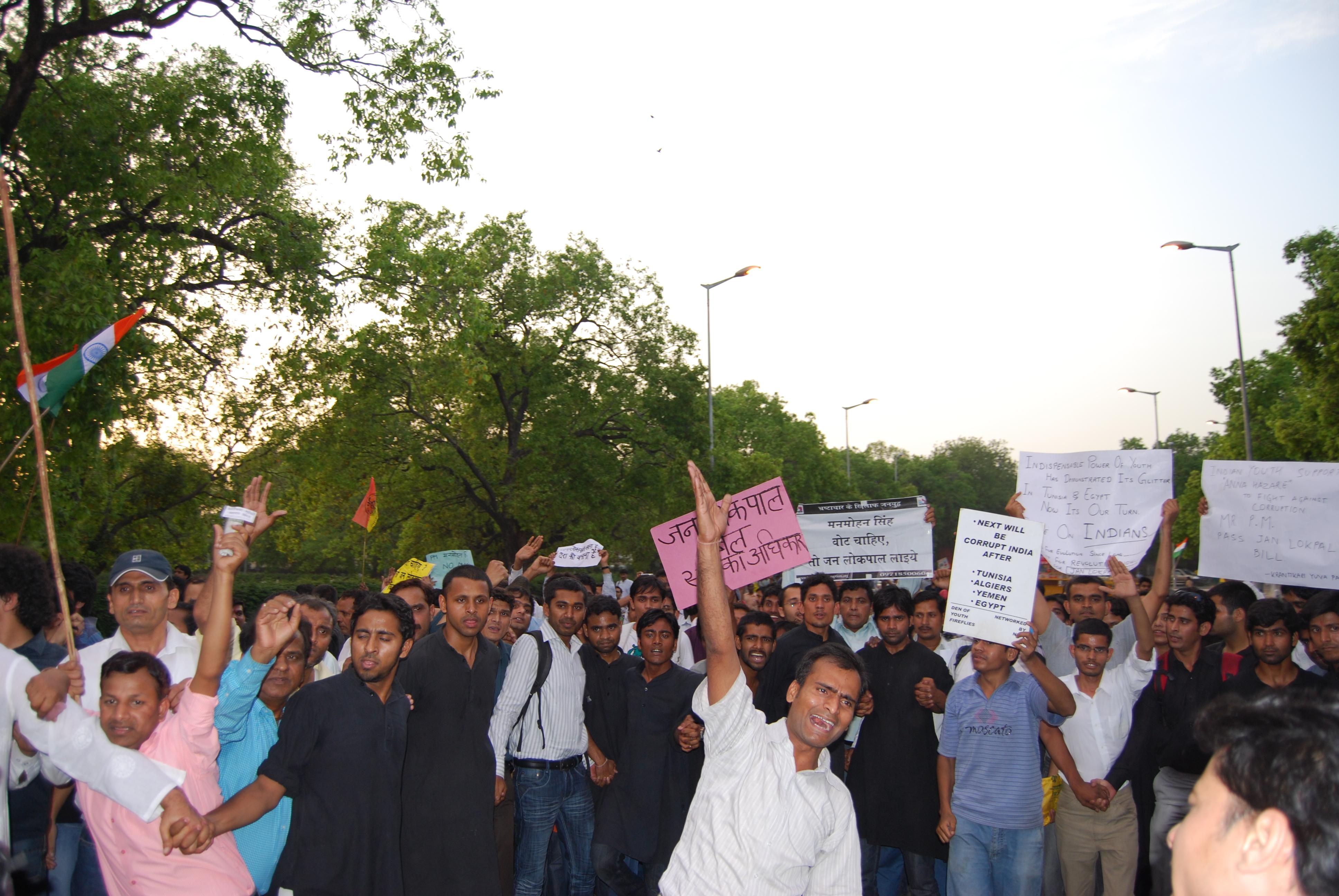Mary Hawkesworth, in her book, Globalization and Feminist Activism, defines feminism on the lines of a ‘belief’ in the political, social and economic equality of the sexes. Feminism is a historic movement aimed at improving the status simultaneously enhancing the perception of women in society.
In a pre-modern world, women were forced to submit themselves to the domestic sphere while the public sphere was reserved for men. Women suffrage--right to vote in political elections-- came as an outcome of the beliefs of the Feminist Enlightenment philosophers and activists. The work and philosophy laid the foundation of contemporary Feminist movement. At the same time, Anarcha-feminism grew with women proclaiming liberation through dismantling of social constructs. They believed that the social structures like family, marriage, private property or state power are inherently oppressive towards women.
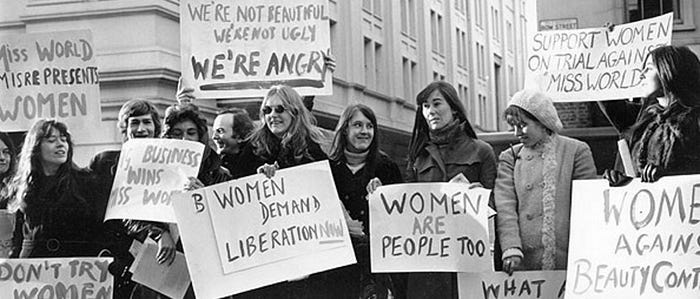
The subsequent series of Feminist ideals aimed at dismantling the notion of gender, sexuality, beauty, femininity and masculinity. The feminists believe(d) that without breaking down the concept of toxic masculinity and involving men in the movement, equality will seem like a far-fetched dream. Feminism in India began as a consequence of the lack of female representation in the parliament. The last 50 years of feminist activism in India has managed to challenge the 5000-year old patriarchal order of society.
India may have a large population of females, but the political representation of the women is abysmal at best. They are misrepresented or not represented at almost all levels of governance. Although women participated actively in the independence movement and Independence brought with itself the promise of gender equality. But, post-independence, women participation in the political sphere remained consistently very low, with only few rising high.
Women issues and representation has decorated the party manifestos, but very little, and ineffective work has been done to tackle the relevant concerns.
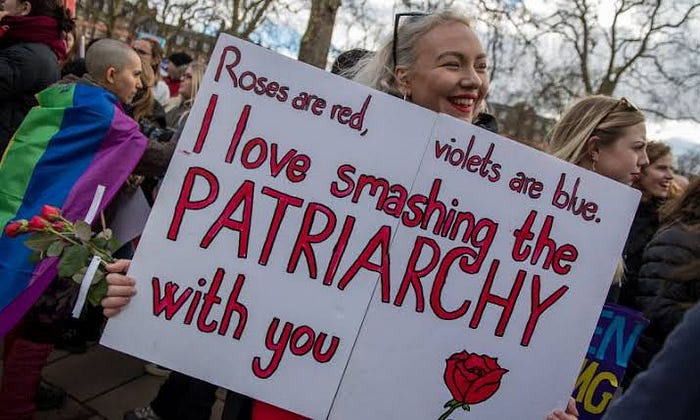
While political parties have actively ensured that women constitute at least 1/3rd of the election nominees, but the results have stated otherwise. For a fact, only 14% of the lower house parliamentarians in 2019 are women: 78 out of the 545. Surprisingly, it’s the highest percentage since the independence.
One of the reasons for the aforementioned gender gap can be: voter bias.
Possibly, the voters themselves show biases against female candidates, to an extent that maybe, even, female voters are unlikely to vote for a female candidate. In addition, Political parties are only motivated to support female candidates when it’s politically beneficial. The political parties argue against supporting female candidates as they doubt the female candidate’s potential to win an election. As a result, India was ranked lower than the previous year on the ‘Economic Participation of women in the economy’ and ‘Political Empowerment’ parameters, in the World Economic Forum 2018 Gender Gap Index. In the same, India remained at 108th position for the second year in a row, after falling 21 places before that.
Even though it may appear that more women are participating in the political sphere, there are several qualitative ways in which they are being excluded from political participation.
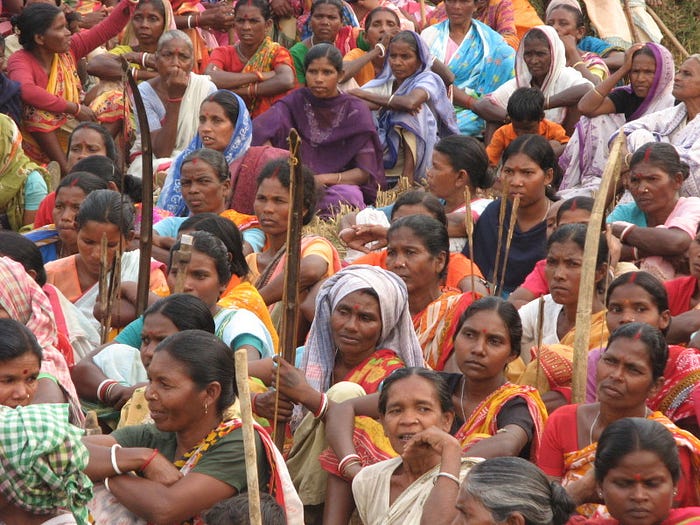
It is crucial for women to be represented equally and fairly in a political system. Without proper representation, laws regarding women and their issues will always lack a first hand insight. In my opinion, when there aren’t any female lawmakers to make laws concerning women, the situation ends up like the “Heartbeat Bill” in America. The abortion laws were predominantly made by middle aged white men. Sometimes, these laws tend to be regressive and even counterproductive. It is imperative that women’s laws have female insights, because these laws are literally about them. Furthermore, the political representation of women is directly linked to their status in the country.
In India, the government has taken few measures to increase female representation in the political sphere. As in 1994, the government established 33% quotas to increase female electors in the local government. 1/3rd of the seats in the Panchayats are to be reserved for women, additionally, the states like Chhattisgarh, Maharashtra and Bihar have increased the reservation to 50%. As a result, women’s political participation went from 4-5% to 20-25% and has given women the opportunity to serve in the local government. Also, women participation has enhanced and improved public goods. A woman representative is more likely to put forth issues like women’s safety, child care, maternal health, etc. and take them into consideration with priority.
While the quotas increase the representation of women, as a consequence they impact the elections based on merit. The societal awareness about the importance of women in politics can be one of the ways to increase female representation. According to me, women lead governments tend to tackle more diversified issues, show higher economic growth and are generally more sensitive to the issues of the minorities. In addition, creating and supporting cross-party women’s caucuses can amplify women’s voices and their contributions. Caucuses will also help in reducing inter-party disputes and will increase the diversity in opinion. The support for female candidates can be done by helping in their campaign funding, or helping them build their capacity and knowledge, simultaneously connecting them with civil society activists who can help them in understanding the issues of the community better.
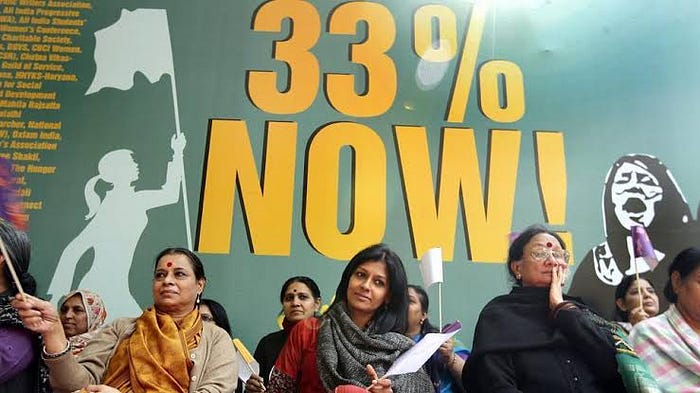
The involvement of women in political parties can be linked to the demands made by equality groups. The Indian National Congress has established a 33% quota to all levels of political participation for women. The famous Women’s Reservation Bill, introduced for the extension of the 33% quota to centre, has remained out of reach for the past 23 years. A decision is yet to be taken on the bill. However, the efforts of the government(s) have been fruitful in increasing the participation of women in the political sphere, but a lot can and has to be done.
The objective of an 'Opinion Article' is to promote the valuable viewpoints and arguments of the youth in India. Though, the views presented in the article are not of the organisation but of the author, fully. The Young India Foundation neither accepts or denies those viewpoints.
